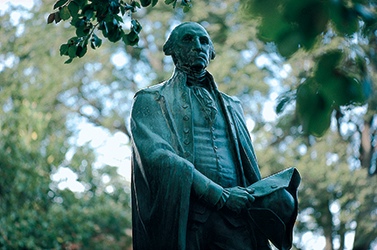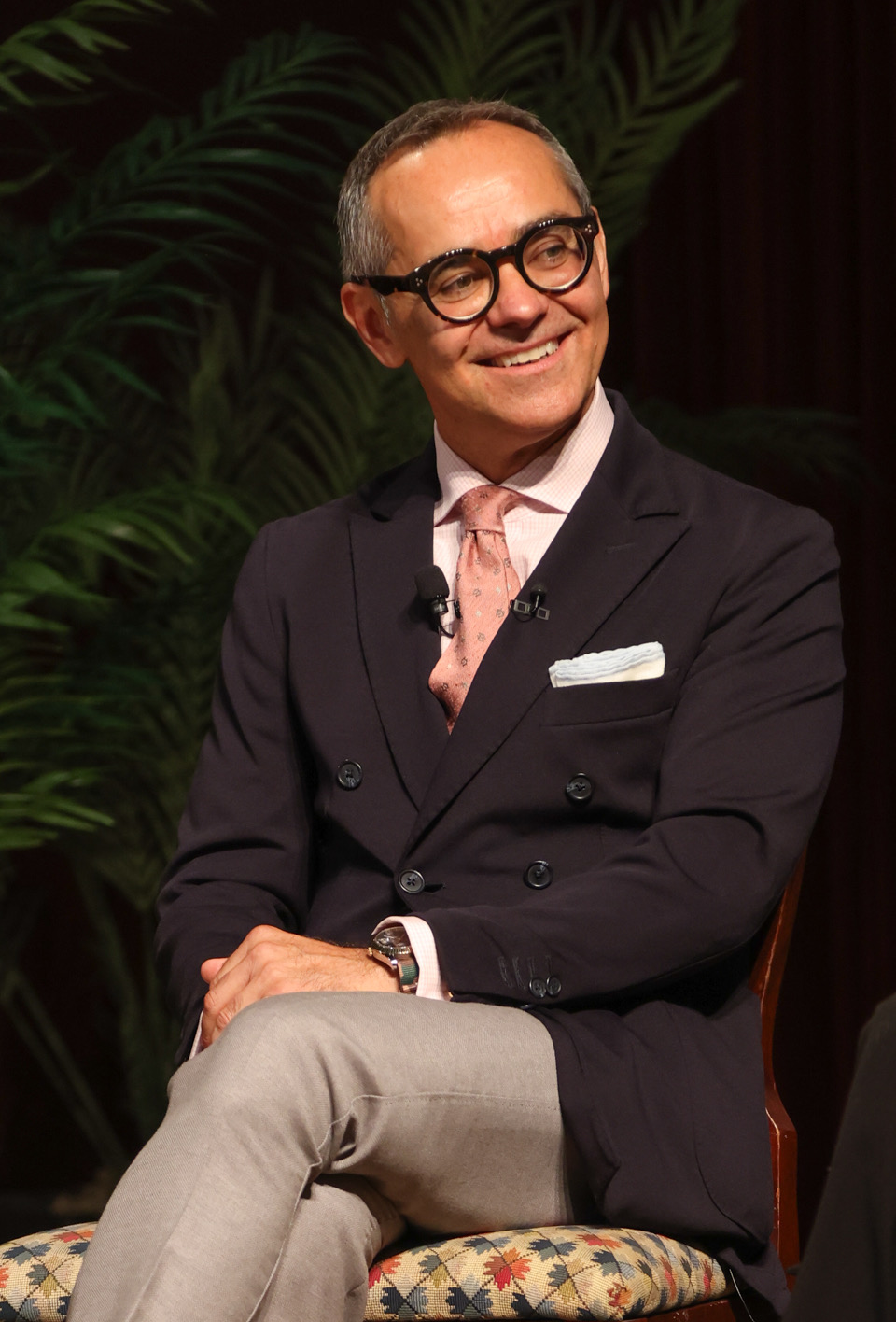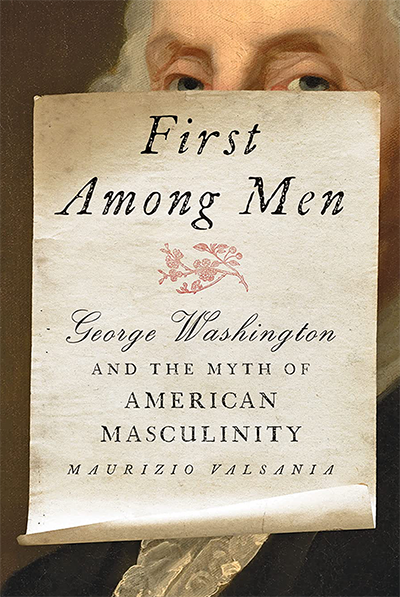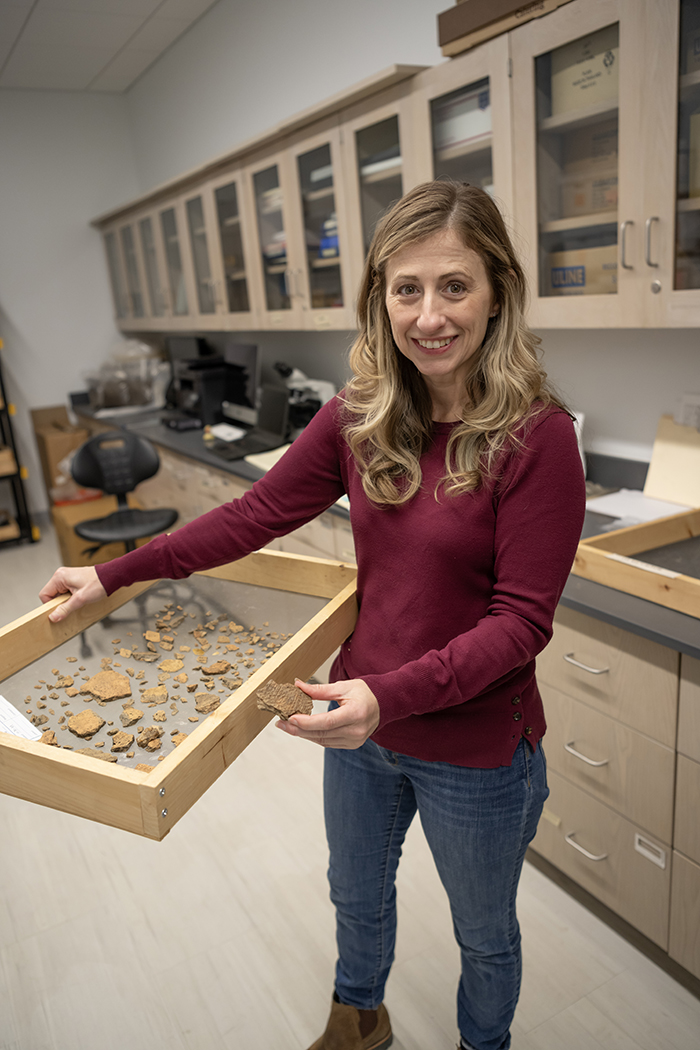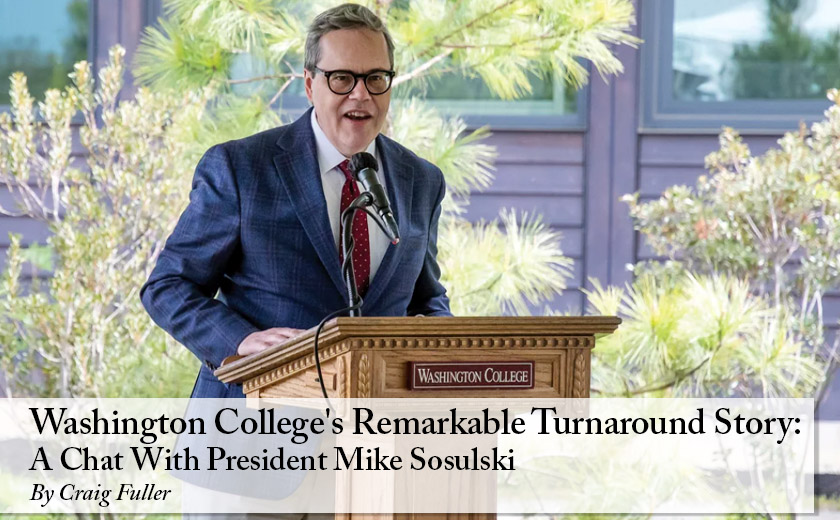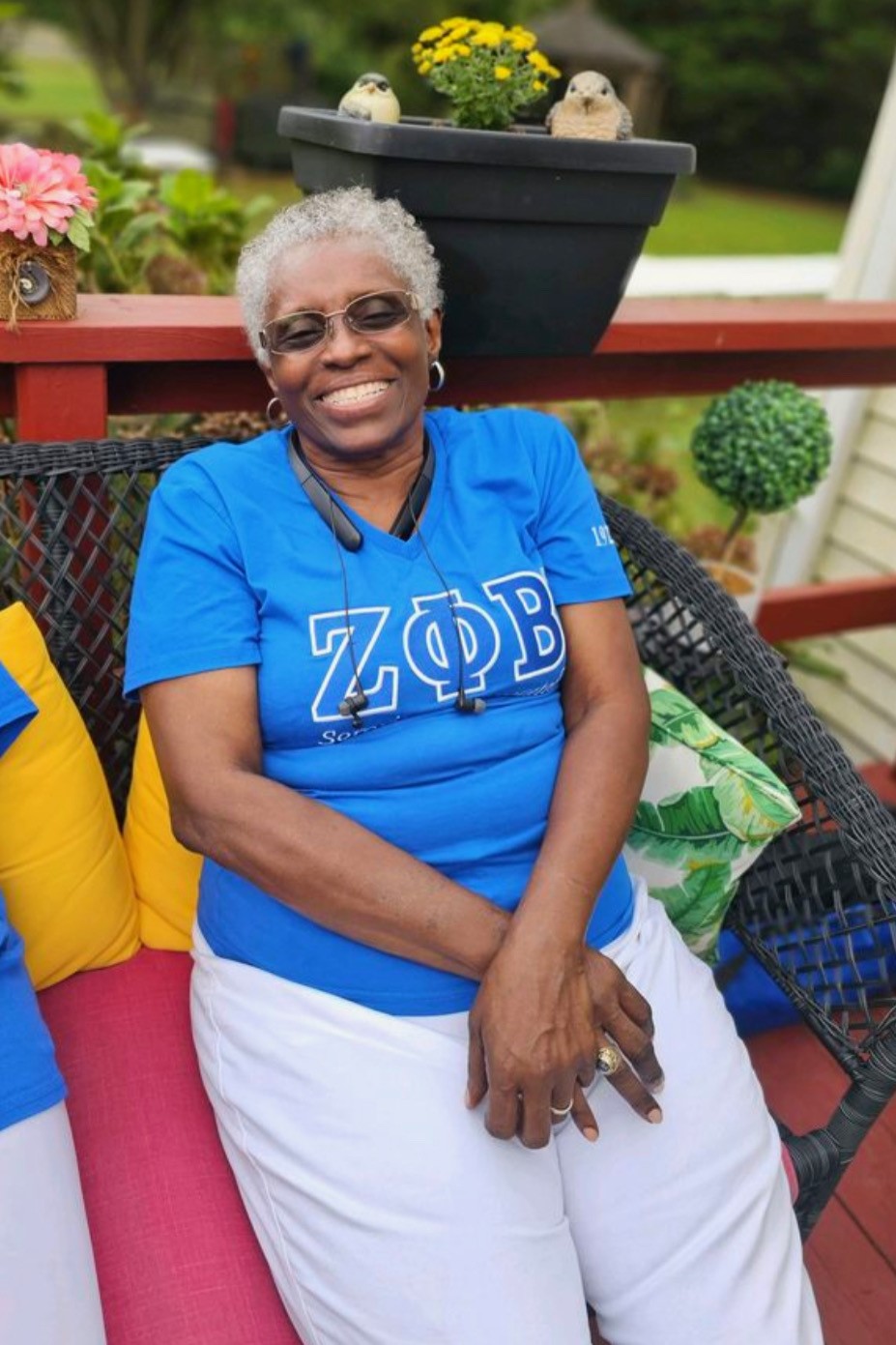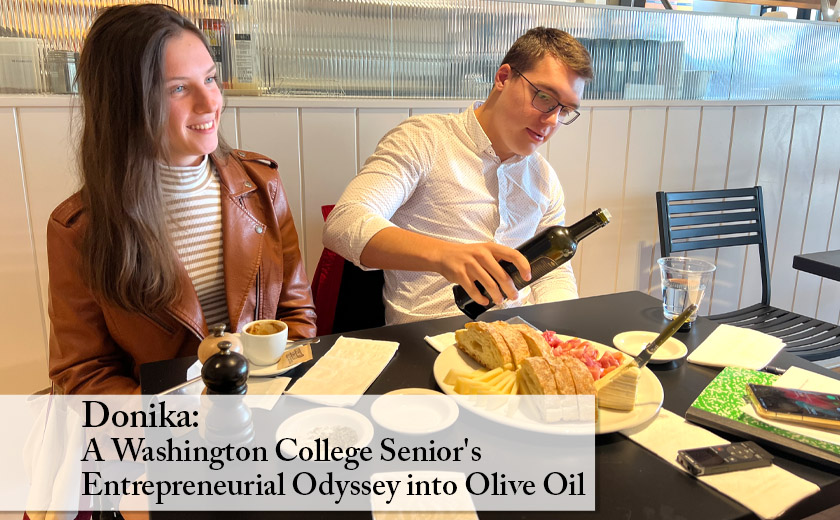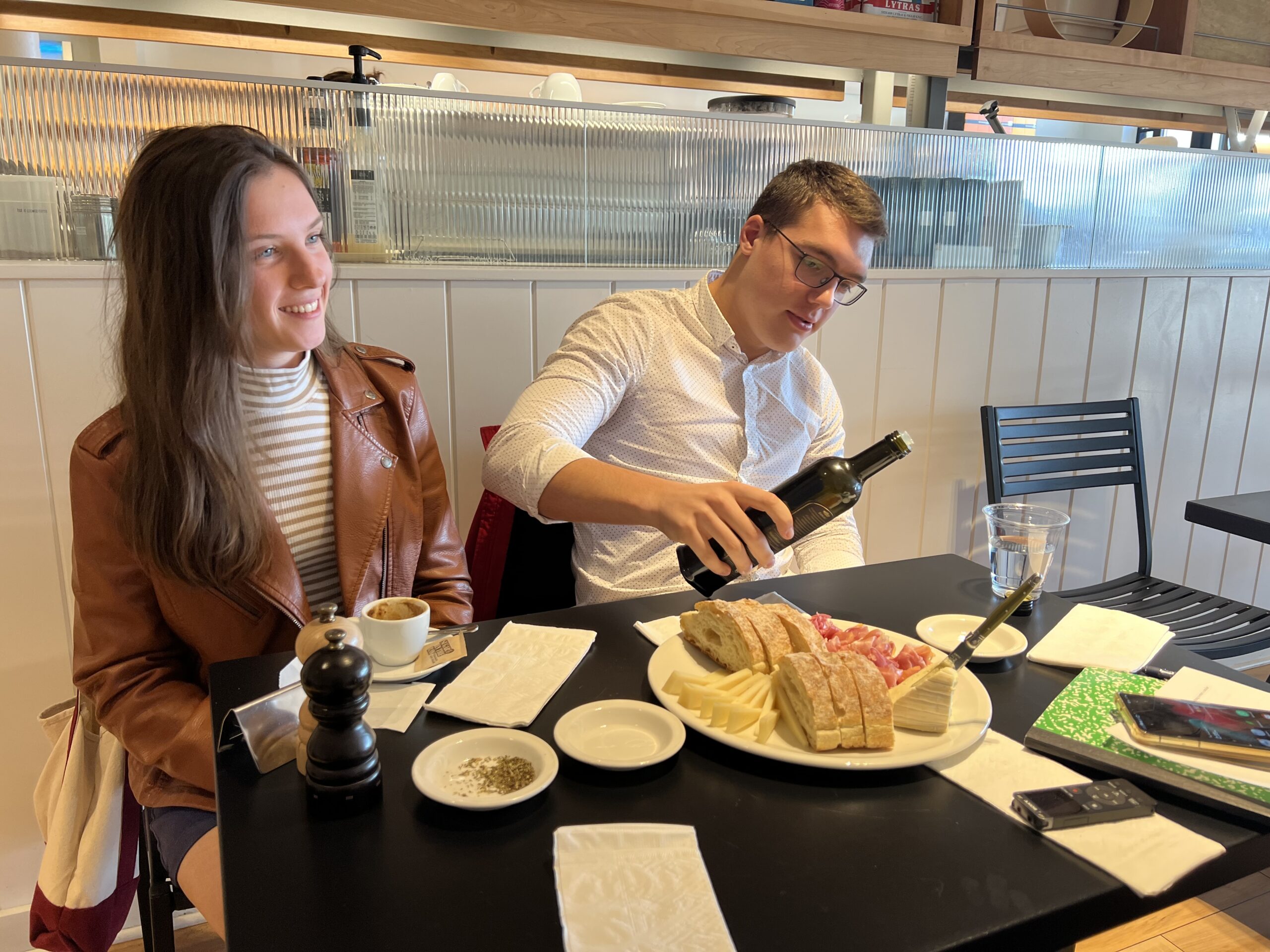George Washington Prize Winner 2 Maurizio Valsania
The Starr Center for the American Experience will be hosting a conversation and Q&A with Maurizio Valsania, winner of the 2023 George Washington Prize and author of First Among Men: George Washington and the Myth of American Masculinity. The event, which is free and open to the public, will be held on Monday, February 5 at 6:00 p.m. at The Toll Science Center in Litrenta Hall at Washington College. A reception will follow.
The George Washington Prize is one of the nation’s largest and most prestigious literary awards and honors its namesake by recognizing the year’s best new books on the nation’s founding era, especially those that engage a broad public audience. Created in 2005 by George Washington’s Mount Vernon, the Gilder Lehrman Institute of American History, and Washington College, past winners of the $50,000 prize include Ron Chernow, Lin-Manuel Miranda, Nathaniel Philbrick, Annette Gordon-Reed, and Rick Atkinson. Valsania was presented with the award in September 2023 at The Union Club in New York City.Valsania’s First Among Men (Johns Hopkins University Press) examines the 19th century perspective of an 18thcentury man, dispelling the myth that George Washington was larger than life. Readers are shown a different side of Washington, a human universally susceptible to the whims and challenges of life as opposed to the hero without parallel portrayed in later decades.“Maurizio Valsania has written a fresh, lively take on George Washington that places him squarely in the context of his time, stripping away centuries of accreted myth and mystique,” said Adam Goodheart, the Starr Center’s Hodson Trust-Griswold Director, who will moderate the event. “Of all the books that I’ve read about our nation’s founding leader, this is the one that most made me feel that I was in the presence of the man himself.”Valsania is a professor of American History at the University of Turin in Italy. As a scholar of the Early American Republic, he examines the founders within their social, intellectual, and material context, especially through the lens of the 18th century body. He is the author of The Limits of Optimism: Thomas Jefferson’s Dualistic Enlightenment (University of Virginia Press, 2011); Nature’s Man: Thomas Jefferson’s Philosophical Anthropology (University of Virginia Press, 2013); and Jefferson’s Body: A Corporeal Biography (University of Virginia Press, 2017).Valsania is the recipient of several fellowships from leading academic institutions, including the American Antiquarian Society, the Gilder Lehrman Institute of American History, the Library Company, the John D. Rockefeller Library, the DAAD (Germany), the International Center for Jefferson Studies, and the George Washington’s Mount Vernon. He has written for the Oxford University Press’s Academic Insights for the Thinking World, for the Oxford Bibliographies Online, and has collaborated with the BBC World Service. He has also written several op-eds and articles that have appeared in major media outlets, such as the Chicago Tribune, Salon, the Wisconsin State Journal, Government Executive, Defense One, and the Conversation. He lives in Chapel Hill, NC.
George Washington Prize Winner Maurizio Valsania to Speak at Washington College
The Spy Newspapers may periodically employ the assistance of artificial intelligence (AI) to enhance the clarity and accuracy of our content.
